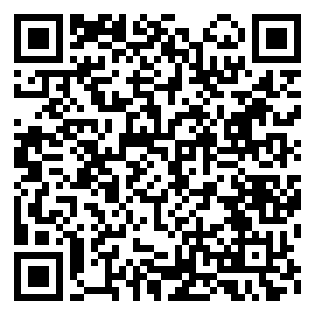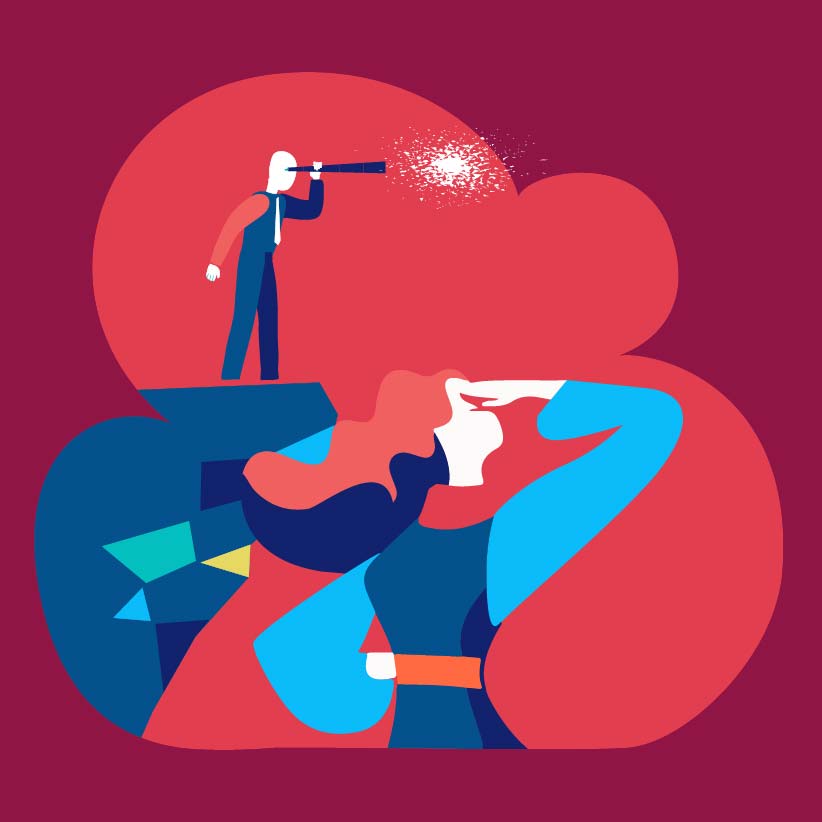Corporate Brand: Selling a Design or Transfering a Resource?
The advantage of agreeing with the client the sectorial diagnostic and the typological selection before proceeding to the brand's design.
Editor's Selection
- Comments:
- 2
- Votes:
- 9
- ES
In the article «Typological Thinking in Logo Design»1 we attempted to persuade readers about the convenience of detecting the most suitable sign type or types for the client, before starting his or her brand's design. The advantages are clear: energy and time are concentrated in the space which holds the solution, without scattering on an erratic exploration of paths that previous analysis would deem as dead ends. Plus, an increase of quality is favored.
Yet professional experience allows to point out another virtue of this workflow: typological selection previous to design allows to report to the client about the proper brand model and to achieve its acceptance before presenting a design solution. This allows to guarantee that he will be ready to receive the upcoming proposal and understand its meaning. Both client and designer move forward together from general aspects to particular issues in the decision making process.
Brand design isn't a result of a sudden insight from the designer, but a decision making process that surrounds the problem, settling it finally in the solution's specific place. In that space, already agreed with the client, the designer will elaborate a proposal with a larger chance of success; not only in the achievement of the brand's maximum pertinence, but also the accomplishment of the client's quick approval.
On the contrary, coming up suddenly with a brand, probably unexpected, can trigger a serious «assimilation crisis». A frequent case: the client, at a first glance, naively, wants to have a symbol and, instead, technical analysis concludes that the proper format is a logotype with a background. The designer does its presentation and the client feels disappointed: tends to miss something. Thus, a space for uncertainties and hesitations becomes open.
Even in the case that the client does approve the brand, not because he understood its meaning but for simple taste or by the designer's authority, such acceptance doesn't provide any guarantees regarding its correct assimilation. It is critical that the user knows the reason behind his brand, that is, why it's suited to his identification needs. Recurring to the gamy example of the doctor and his patient, it is proven that every therapy is more effective is the patient is aware of his diagnosis and the reasons and pertinence of the prescribed treatment. Because of it, he'll participate in the healing process consciously and convinced.
This «therapeutic» participation begins with the field's ordered knowledge. The client must see, at first, the «state of the art» on his category, pointing out with arguments the higher quality brands, that is, the most pertinent and better performing ones. And, if the project involves a brand change or redesign, indicating, at the same time, the brand's relative position in comparison to others from his category. That field study helps detecting the proper brand type, which will define the first hint on the road to follow. And the client will follow that road as well.
Finally, the existing brand's specific diagnosis will allow him to know in detail the defects and dysfunctionalities of his brand and the type of corrections and changes to introduce. This participation in the decision making process will prevent him from, eventually, building an opinion on some sort of «surprise design»; and, to that end, he will not have any other tool available but his personal taste.
Deep down, successful brand design services are, except on rare occasions, based on a process of training and learning for the client: a knowledge transfer.
Professional Excellence
If you are looking for content with this level of rigor, you will be interested in our academic offer. Courses designed to meet the real demands of the profession.
View Academic OfferShare
Please value the editorial work by using these links instead of reproducing this content on another site.

Topics covered in this article
What do you think?
Your perspective is valuable. Share your opinion with the community in the discussion.
Comment now!



